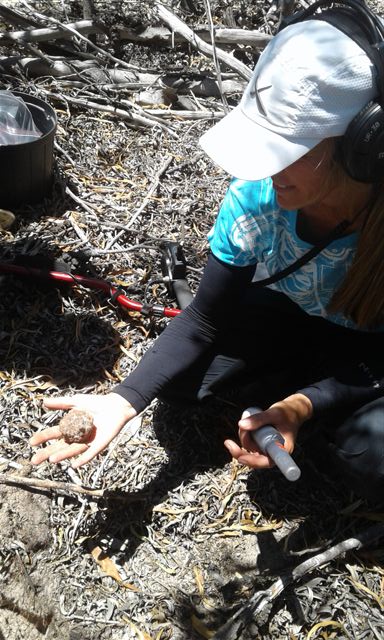Making Sense of Archaeological Data - A Case Study of the 1806 Battle of Blaauwberg
By:
Willem Hutten
Date:
Tue, 11/04/2017 - 18:30
Venue:
SA Astronomical Observatory auditorium
Branch:
Western Cape
For many researchers the archaeological data collection is the most exciting aspect of the research. The physical excavation takes hours, if not days of preparation, and normally extends to a number of field work seasons. Whilst many research questions are answered on site from what is exposed, the real research actually starts in the lab when all the data are being analysed.
During many field surveys of the battlefield of the 1806 Battle of Blaauwberg, a large number of artefacts have been retrieved that must be analysed in order to obtain a better comprehension of the sequence of events. Unfortunately there is no reference to similar research in the South African context - so the question is posed - "what do the retrieved artefacts tell us?"
How do we start making sense out of the data that we now have at our disposal? Which artefacts could possibly assist in our understanding of the events? How can the spatial distribution of the finds be linked to historical documentation? These are only some of the challenges the researchers faced throughout the investigation into the battlefield.
Even though there are still many unanswered questions regarding the battle, the research into the events has certainly revealed interesting perspectives that warrant further investigation. This discussion on the analysis process aims to provide insight into preliminary results of the ongoing research.

During many field surveys of the battlefield of the 1806 Battle of Blaauwberg, a large number of artefacts have been retrieved that must be analysed in order to obtain a better comprehension of the sequence of events. Unfortunately there is no reference to similar research in the South African context - so the question is posed - "what do the retrieved artefacts tell us?"
How do we start making sense out of the data that we now have at our disposal? Which artefacts could possibly assist in our understanding of the events? How can the spatial distribution of the finds be linked to historical documentation? These are only some of the challenges the researchers faced throughout the investigation into the battlefield.
Even though there are still many unanswered questions regarding the battle, the research into the events has certainly revealed interesting perspectives that warrant further investigation. This discussion on the analysis process aims to provide insight into preliminary results of the ongoing research.
